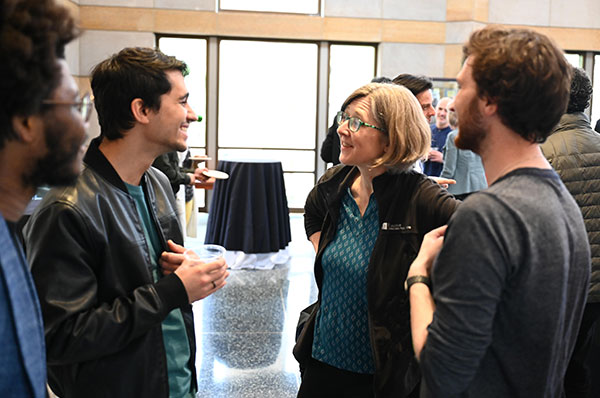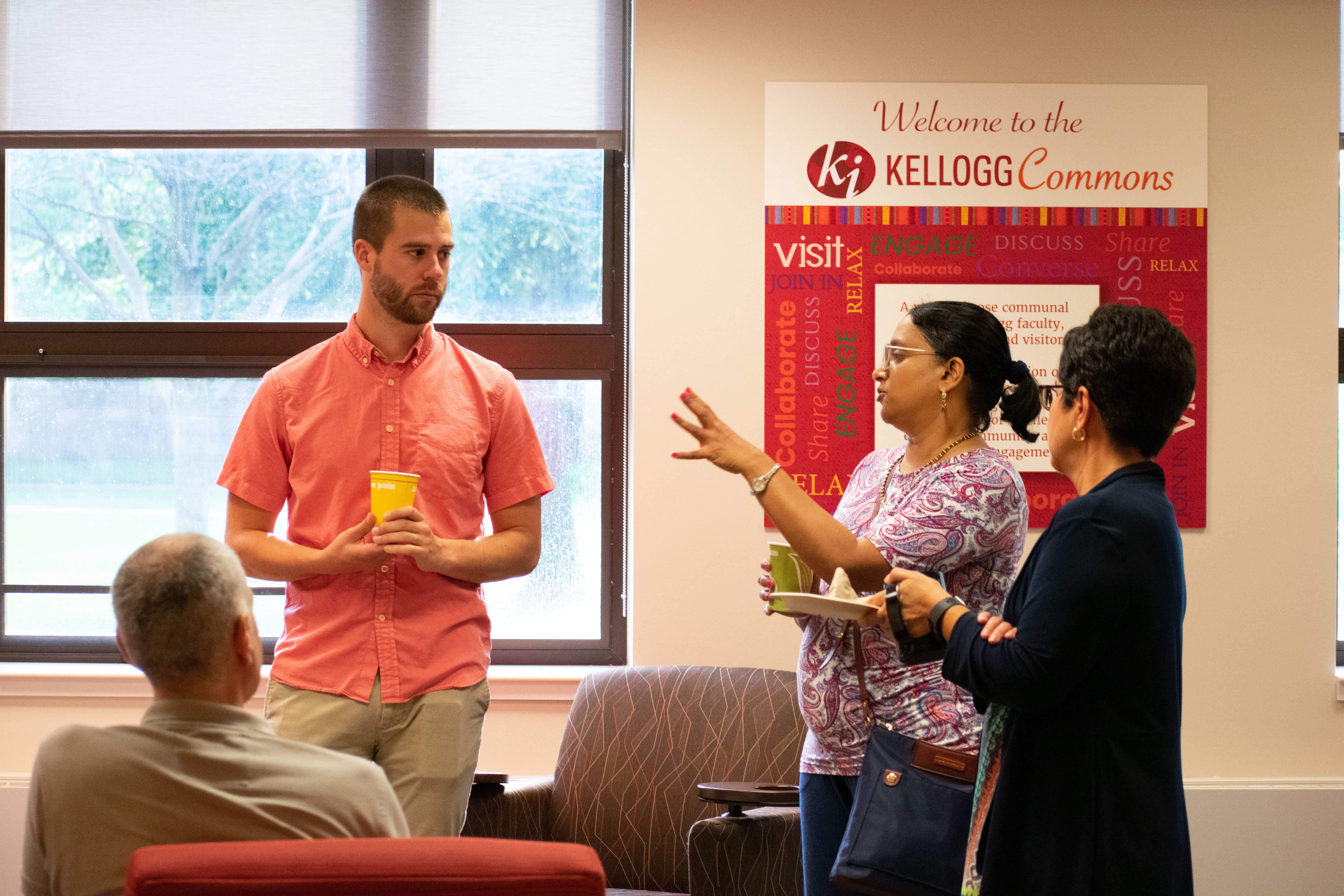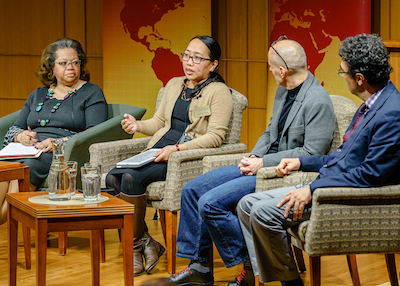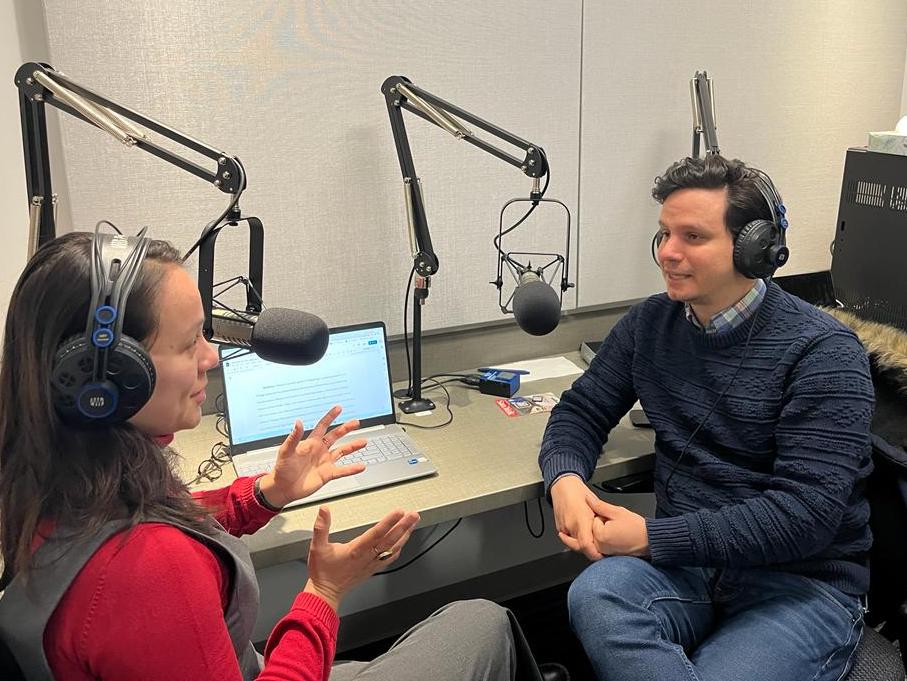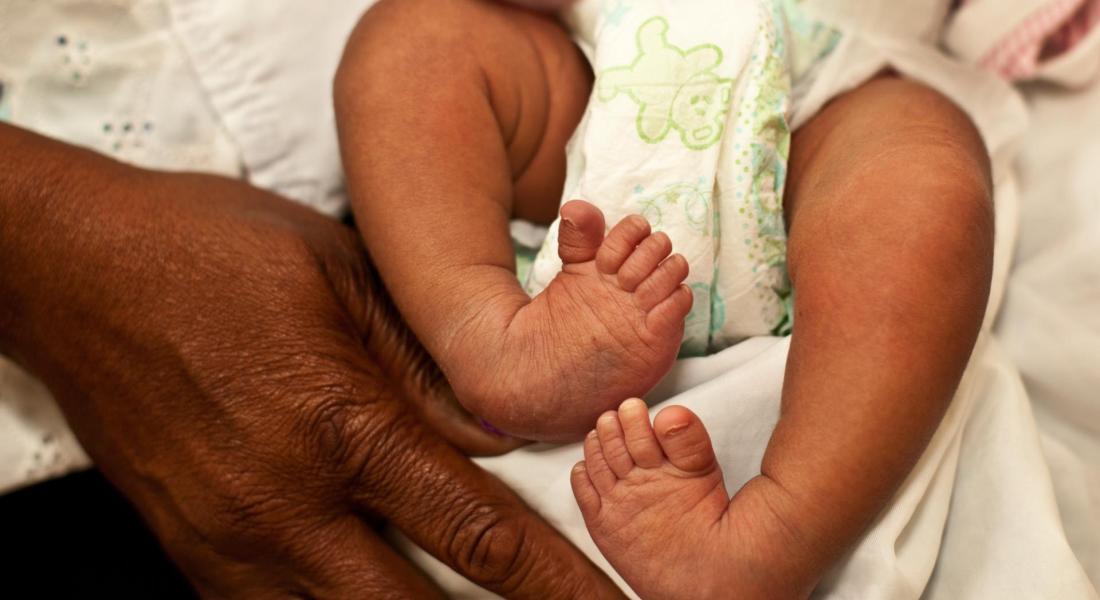
Children born with clubfoot in low-income countries face devastating lifelong consequences if left untreated, but new research co-funded by the Ford Program in Human Development Studies and Solidarity shows how an affordable intervention can transform their futures.
The study, conducted in Ethiopia and recently published in Health Economics, highlights both the staggering costs of untreated clubfoot and the extraordinary benefits of early intervention through a treatment called the Ponseti method.
Clubfoot, which affects 1 in 1,000 children globally – with 80% of cases in low- and middle-income countries – can drastically reduce a child’s ability to thrive. The research followed 564 children in Ethiopia, revealing that untreated clubfoot decreases physical mobility by 144% of normal variation, worsens mental health by 117%, and raises social isolation by 107%. It also reduces educational opportunities by 48% and cuts religious and community participation by 76%, leading to an overall 132% decline in human flourishing.
Yet the study demonstrates that with early intervention – ideally within the first six months of life – the Ponseti method offers life-changing results at a cost of about $500 per child. Treatment restores 91% of lost physical mobility, recovers 79% of mental health, rebuilds 64% of social inclusion, and even improves educational outcomes beyond baseline levels. Overall, it enables 79% recovery of human flourishing, offering children the chance to fully participate in family, school, and community life.
“This is extraordinary,” said Patrizio Piraino, Keough School faculty member, director of the Ford Program, and one of the authors of the study. “Compared to other global health interventions like cleft palate surgery, the effects of early clubfoot treatment are three times greater, impacting every dimension of a child’s life trajectory.”
Globally, the barriers to treatment remain daunting but are largely solvable. The study found that 76% of families are unaware that treatment exists, 71% live too far from clinics, and 65% cannot afford care. Importantly, the researchers noted that resistance is not cultural – families overwhelmingly want treatment once they know it is available.
The urgency lies in timing. Treatment begun after six months of age showed no significant improvements in outcomes, underscoring the need for early detection and rapid response.
Organizations like Hope Walks are working in regions where thousands of children are born with clubfoot each year, and the study provides compelling evidence that scaling early treatment could be one of the most impactful public health measures available.
The research, authored by Bruce Wydick, Gianna Camacho and Piraino, represents the first comprehensive analysis of how untreated clubfoot affects human flourishing and how treatment can dramatically reverse those effects.


